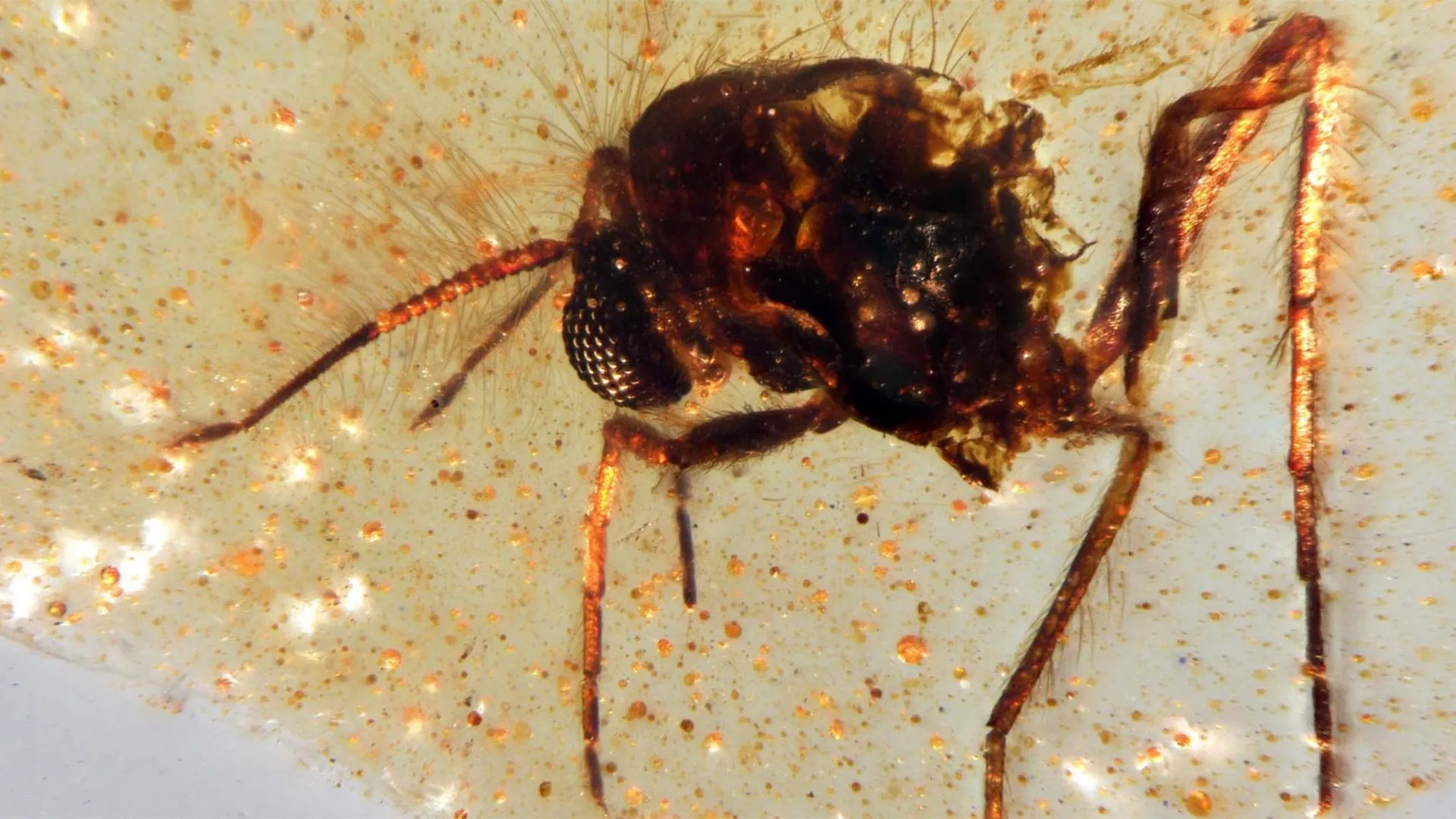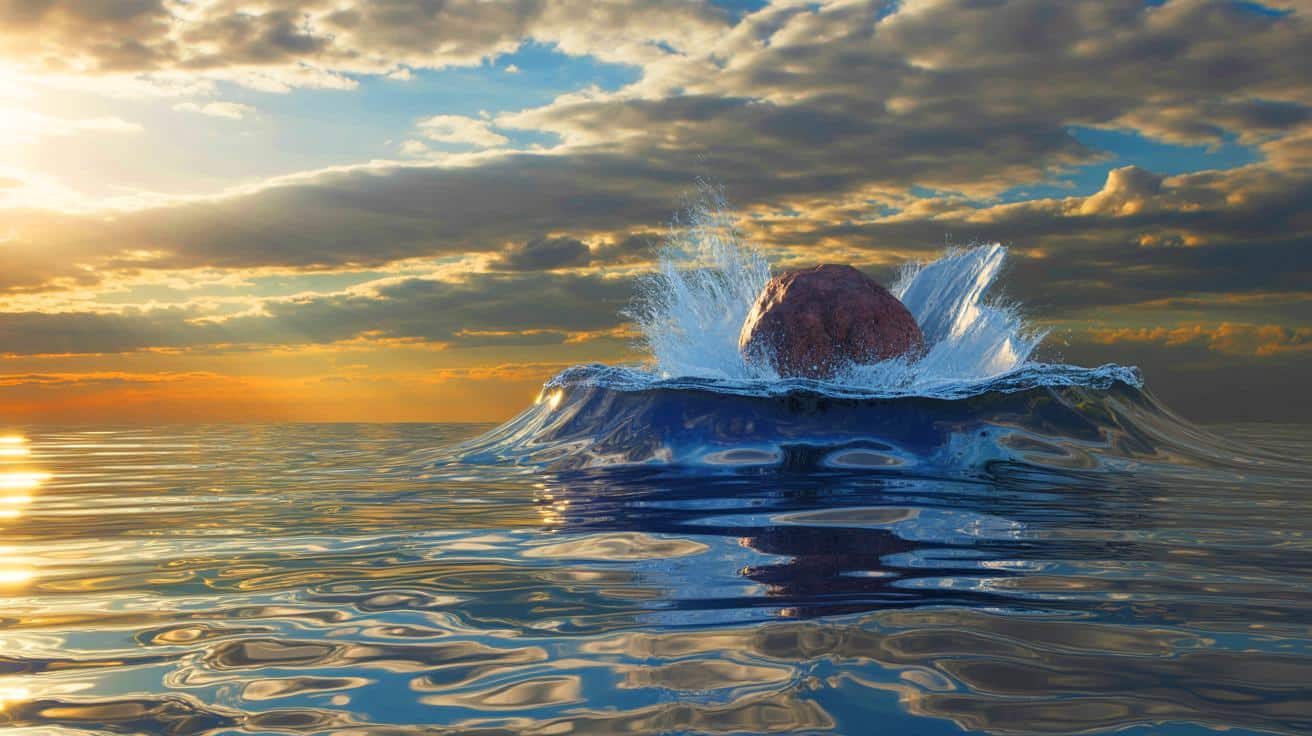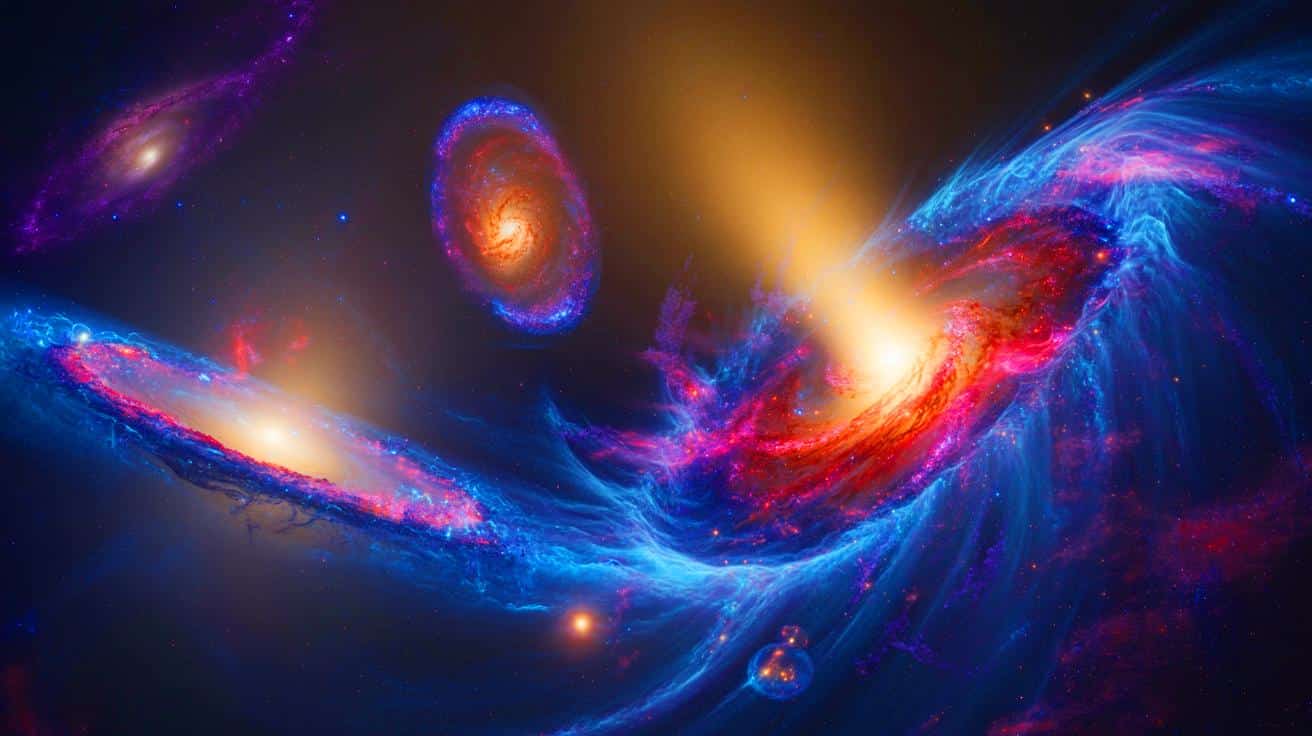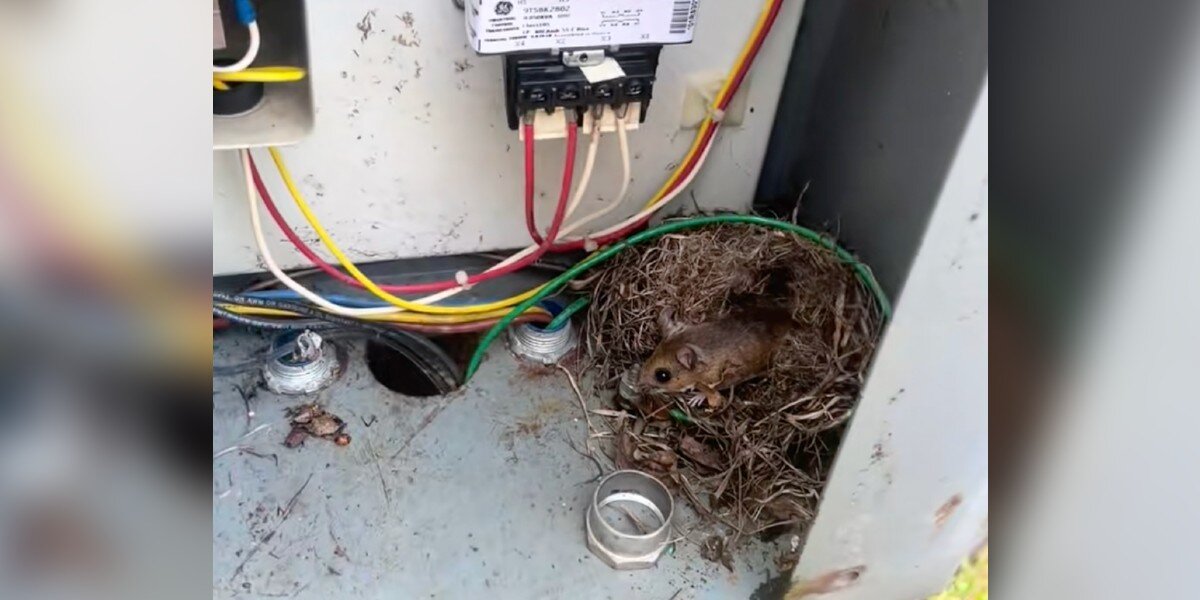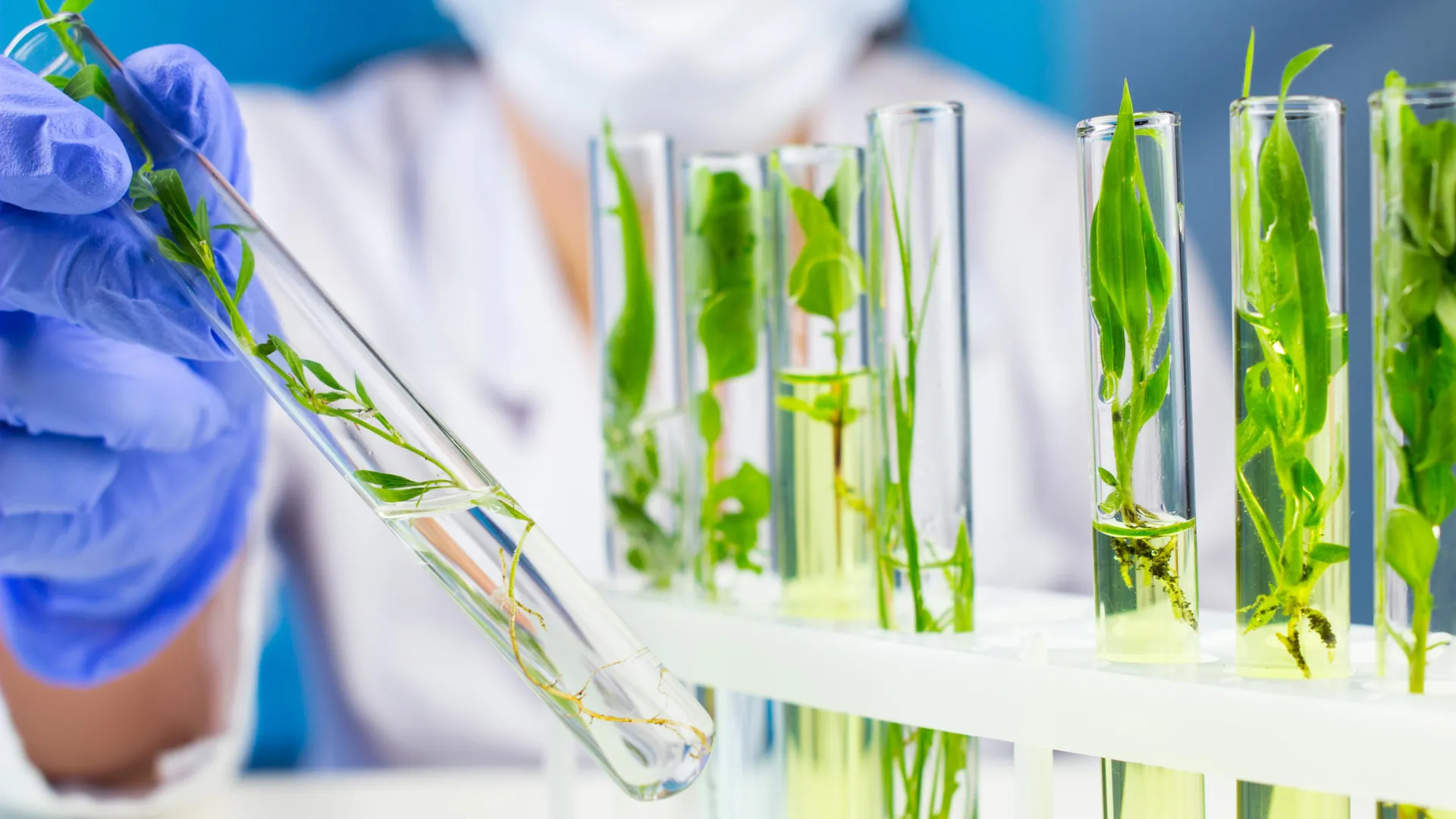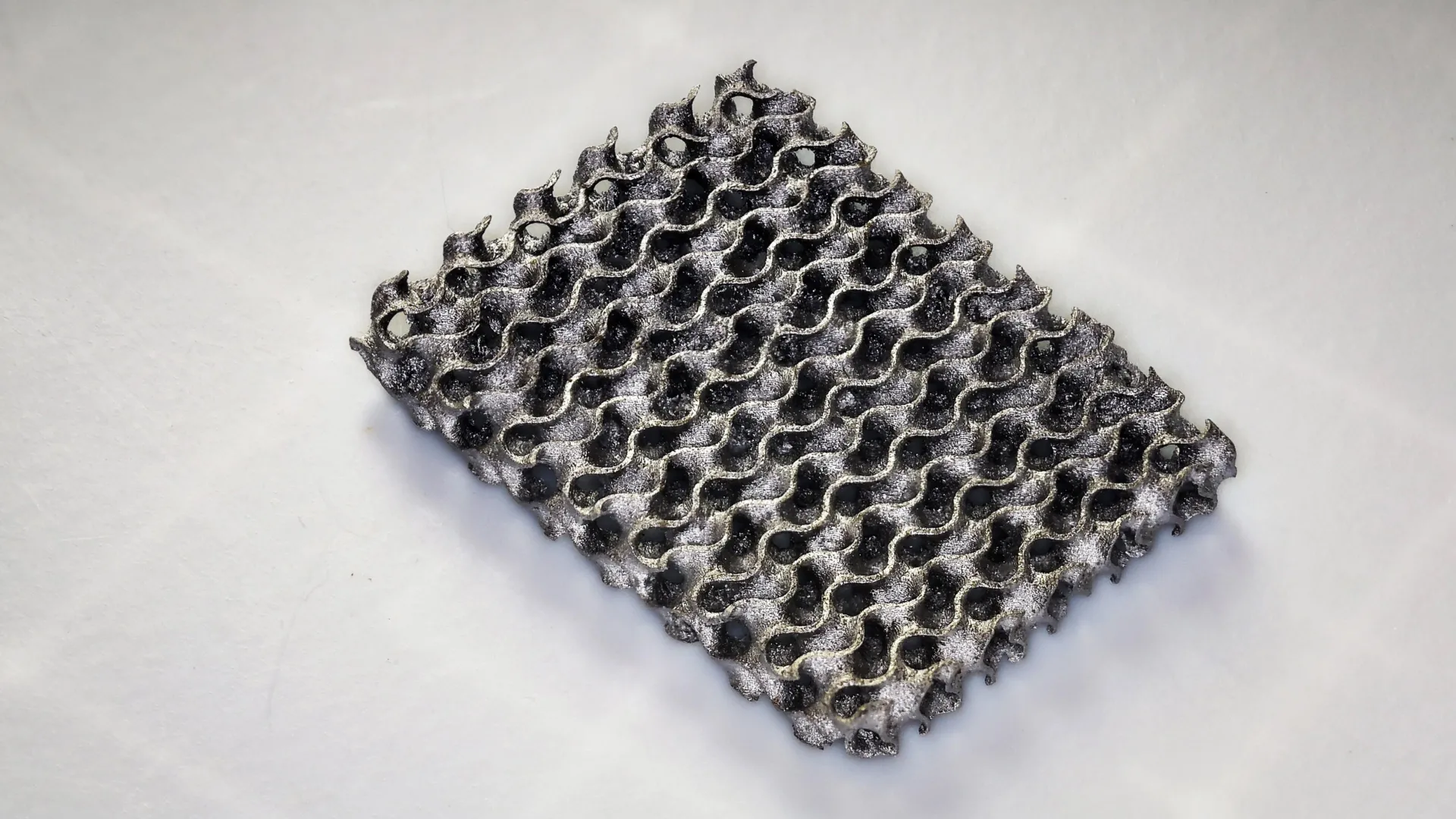Scientists Uncover the World's Oldest Water – You Won't Believe How Old!

Imagine discovering a water source that’s older than the dinosaurs, older than the rise of mammals, and even older than the first trees! In the depths of a Canadian mine, geochemist Barbara Sherwood Lollar made an astonishing discovery: water that’s an incredible 1.6 billion years old! This ancient liquid, trapped in the rocks of Ontario’s Kidd Creek Mine, isn’t just the oldest water on Earth—it’s like a time capsule from a different era, revealing secrets about our planet's history and the possibility of life beyond Earth.
The Kidd Creek Mine, renowned for being the world’s deepest metal mine, was the ideal location for such a groundbreaking find. Sherwood Lollar first visited this mining site in 1992, but it took nearly three decades for her team from the University of Toronto to reach the depth required to extract this record-setting brine. In 2013, during an expedition that took them nearly 2.4 kilometers underground, they encountered a cavern filled with flowing water. This wasn’t just a trickle; the water was bubbling out of the rock fractures at a surprising rate—so much so that it was flowing at liters per minute!
As they approached, the first thing that hit them was the musty smell of sulfate wafting through the air. “It literally is following your nose right up to the rock,” Sherwood Lollar remarked, as the team excitedly discovered the highly saline fluid, which turned out to be ten times saltier than seawater. They were not only looking at age; they were tasting the evidence of ancient microbial life that had thrived in isolation for eons.
The true shock came when lab tests confirmed the water’s age. Initial skepticism arose when Sherwood Lollar received the results—1.6 billion years old, making it a whopping 500 million years older than the previous record-holder for the oldest water. The dating process involved examining ancient gases trapped within the water, but the results were so far from the norm that the lab initially suspected a malfunction in their equipment. Spoiler alert: it wasn’t broken. It was just an extraordinary find, proving that time can hold some of the most remarkable secrets.
But what about life? The team also discovered tiny chemolithotrophic microbes thriving in the water, which survive by consuming hydrogen and sulfate. This discovery echoes the conditions found in mineral-rich hydrothermal vents on the ocean floor, leading scientists to ponder the origin of life itself. “Most life lives on sunlight, but these deep subsurface microbes seem to live on the limited energy they can only get inside the water trapped in these ancient rocks,” explained Long Li from the University of Alberta.
Interestingly, the Kidd Creek Mine is situated on the Precambrian Canadian Shield, a geological formation dating back an astonishing 2.7 billion years. Not only does this mine provide a glimpse into ancient water, but it also serves as a window into the Earth’s primordial seabed. And when we consider the implications of finding energy-rich waters deep underground, it raises the tantalizing possibility that life could exist beneath the surface of Mars as well!
“We no longer think of life on Earth as this smear of biology on the surface,” Sherwood Lollar said. “Life may be something that deeply permeates our planet.” This is not just a scientific breakthrough; it’s a profound revelation about the resilience of life itself.
Now, for those wondering what billion-year-old water actually tastes like, Sherwood Lollar, being the adventurous geologist she is, gave it a try. Spoiler alert: it’s “very salty and bitter,” she revealed, not quite the fine vintage one might hope for!












